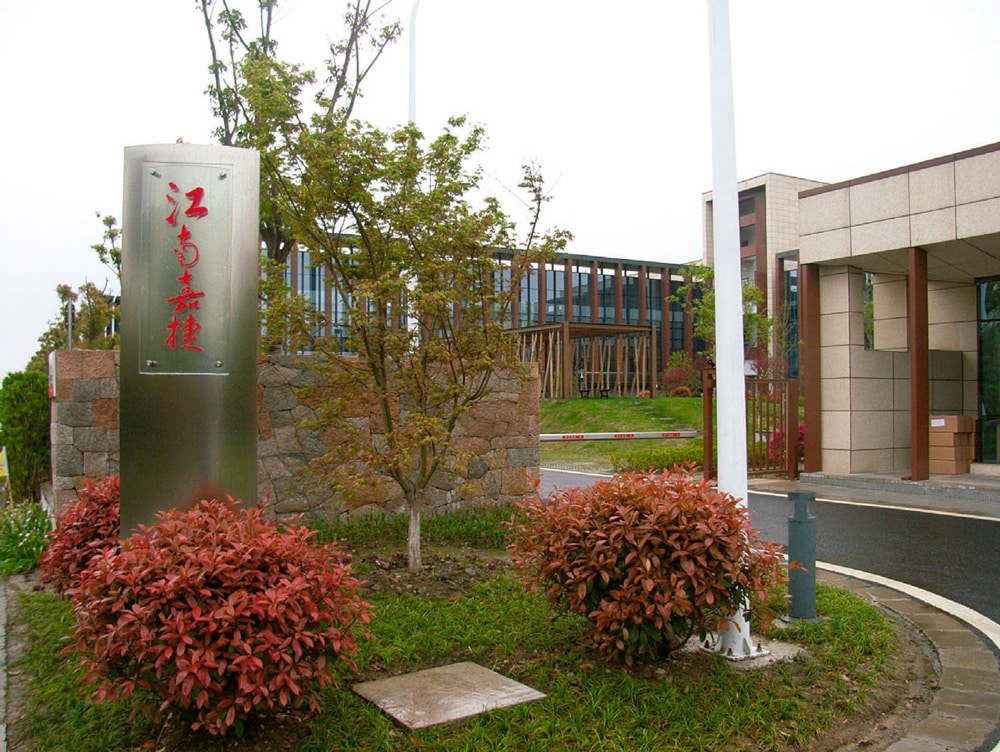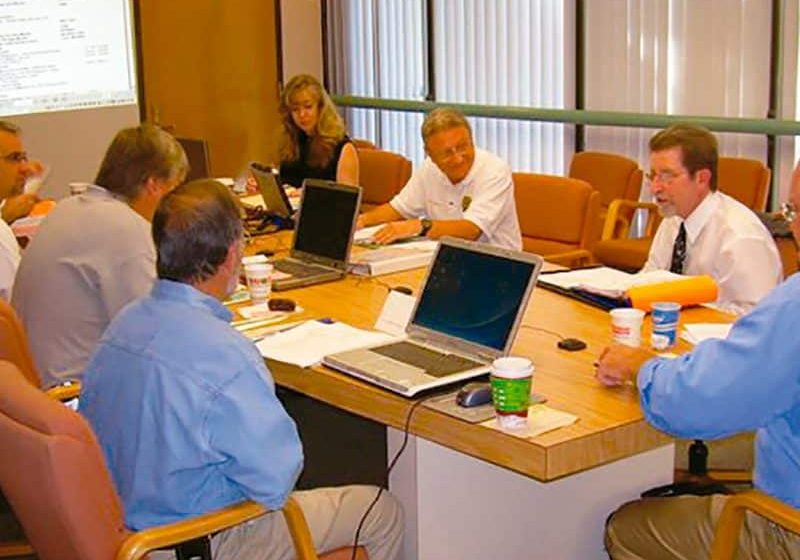SJEC opens new research facilities.
Every five years since its founding in 1992, SJEC Corp., a prominent Suzhou-based national brand in China, has planned steps forward for its steady development. The 2011-2015 period saw the planning, building and opening of SJEC Institute Co., Ltd. and Jieco Drive Equipment Co., Ltd., both located roughly 800 m east of its new testing tower in the Ecology Hub at Suzhou Industrial Park.
On a rainy afternoon in April, your reporter engaged in brief talks with Su Jinrong and Robin Zhu, respectively, about the latest challenges in the global market, as well as changes occurring in the elevator industry. Among the changes observed by your reporter at the SJEC facilities was a newly installed two-level parking system in front of the complex. The structure provides a solution to the increasing number of private cars employees drive to and from work. Xue Jianqiang, media promotion coordinator, guided your reporter to the new premises while walking and talking under an umbrella. The buildings inherited the traditional garden style of SJEC, with fish ponds and waterfalls in the breast of bamboo, while the inside of the main building featured a long, inclined walkway leading to a higher platform with tables and chairs.
The buildings inherited the traditional garden style of SJEC, with fish ponds and waterfalls in the breast of bamboo, while the inside of the main building featured a long, inclined walkway leading to a higher platform with tables, chairs and an elevator.
One of the institute’s research tasks is 3D printing technology and its application to the R&D of elevators and escalators. Using materials such as plastic, metal or ceramics, a 3D printer builds an object one layer after another. Thanks to the advantage of making objects into data and data back into objects easily, 3D printing technology is proving a valuable solution to elevator R&D process problems. It is especially useful in making sophisticated-shaped parts, a small quantity of components or even a single piece. The ability to make specifically tailored parts using 3D printing is likely to revolutionize R&D in the elevator industry.
A new elevator part can be visualized with a computer-aided design (CAD) system and/or other 3D modeling software. One connects a computer to a 3D printer of the right size, and the designed part is built before his or her eyes. Lian Yaoli, vice director of SJEC’s R&D Center, says materials, mechanical facilities, the use of electronic and laser technologies and software development are among the key elements of 3D printing technology. Through repeated experiments, he and his team are developing effective and practical 3D modeling software. “Of course, we expect strong financial support for good facilities, which lead to better and faster results,” he stated.
The workshops of Jieco Drive Equipment Co. are located at the institute, manufacturing standard series of traction machines for SJEC elevators and escalators in order to cut down on product costs. However, by marking their individual selections in an order, customers enjoy the option of having their traction machines sourced from specialized suppliers such as Xizi or Torin Drive. Employees were seen working with great order, attention to safety and enthusiasm on the assembly line. As they worked, a forklift drove smoothly up and moved precisely into its parking space within the yellow lines. Seeing the job done this way, any industry observer would believe that the man working the forklift and those working on the assembly line possess good knowledge of their work and are well trained for it.
The ability to make specifically tailored parts using 3D printing is likely to revolutionize R&D in the elevator industry.
For two generations, SJEC management has spared no effort to create an employee-friendly environment. Reading rooms, sports facilities such as well-lit indoor badminton courts and a kart-racing ground fronting the building are among the amenities. Babysitting areas for children of various ages are also made available as part of the new building. These efforts are intended to keep employees loyal and motivated to work. Xue Jianqiang said the babysitting facilities are helpful to those who come to work over the weekend or during summer and/or winter vacation when the children are out of school. “The company also hires coaches for employees who are interested in improving their playing skills in badminton,” Jianqiang observed.
Get more of Elevator World. Sign up for our free e-newsletter.










